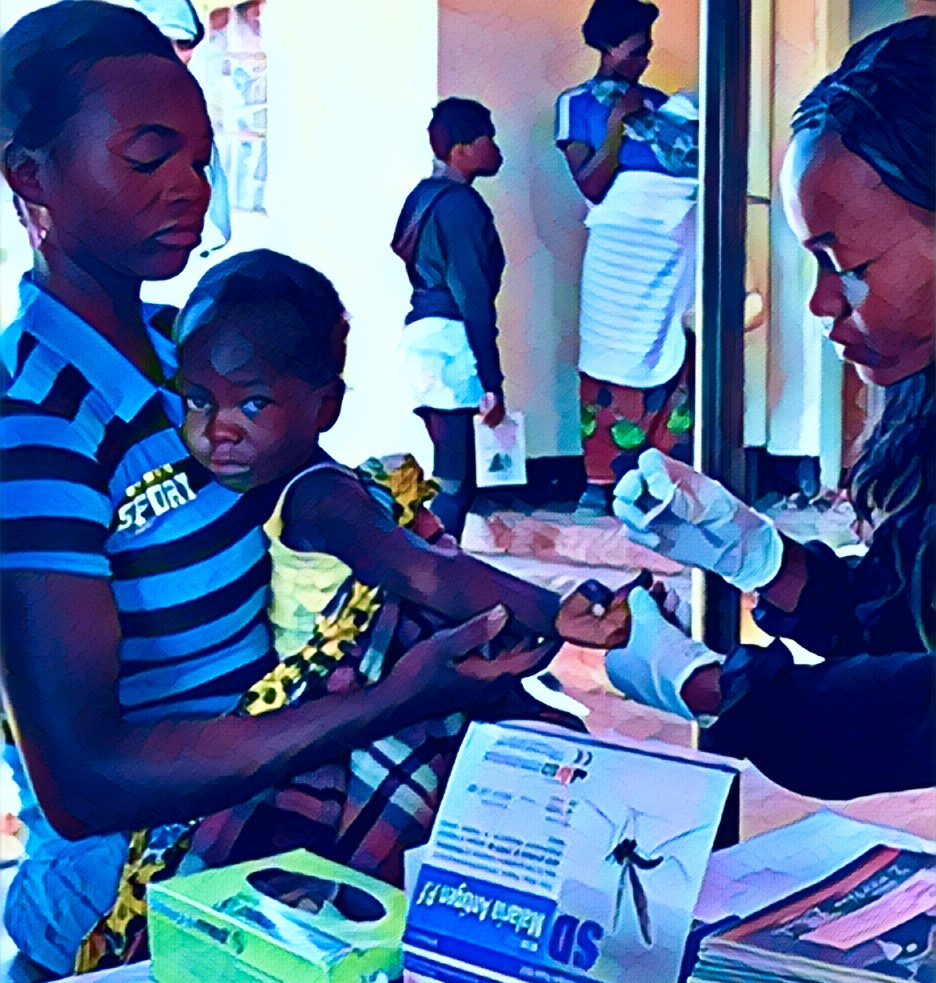KEY POINTS
- Zimbabwe’s malaria control efforts include ITNs, IRS, and community-based health programs.
- Rapid diagnostic tests and artemisinin-based therapies enhance treatment outcomes.
- The issues such as climate change and infrastructure deficit, demand strategic long-term commitments and collaborations.
Malaria is still a decisive health issue in Zimbabwe and results are higher among the rural and low altitude regions.
Nonetheless, much progress has been made in the fight against the disease by integrating the government, international organizations and local people.
It is for this reason that Zimbabwe has developed new strategies in preventing, diagnosing and treating malaria as shown by improved figures in the past decade.
National malaria control strategies
Zimbabwe’s fight against malaria is guided by the National Malaria Control Program (NMCP), which focuses on reducing morbidity and mortality through integrated strategies.
The vision of the Zimbabwe 2021–2025 National Malaria Control and Elimination Strategic Plan (2021–2025 NMCESP) is to achieve a malaria-free Zimbabwe, with the goal of reducing malaria incidence to 17 cases per 1,000 population and malaria deaths by at least 90 percent by 2025.
Another intervention of this program is the provision of insecticide-treated nets (ITNs) especially to women who are expectant and children below five years.
ITNs have played a massive role in preventing bites from mosquitoes and cases of malaria in the society.
Another important strategy used by the government is indoor residual spraying (IRS). IRS reduces the number of malaria-transmitting mosquitoes by spraying interior walls of homes with long-lasting insecticides.
In districts such as Binga and Kariba, where malaria is a major problem, IRS campaigns are conducted every year for household protection.
Community engagement and education
Out of all the stakeholders, the communities have played a central role in promoting the fight against malaria in Zimbabwe. Programs such as Village Health Workers (VHWs) empower locals to act as frontline responders in detecting and treating malaria cases.
These workers themselves knowing the symptoms of the diseases are equipped to distribute anti-malarial drugs and teach the community members on ways to let this disease not affect them.
Sensitization has also been done in order to get early relative health check up and also other preventive measures such as the use of ITNs.
Efforts have been made with local schools and religious organizations to organise and create awareness to the society and also to reduce risk factors which lead to malaria infections.
Technological and medical advancements
Like many other nations, Zimbabwe has aligned itself to use technology and medical inventions to improve malaria fight.
One impressive innovation in diagnosis and treatment of the malaria disease is the action of the Rapid Diagnostic Tests (RDTs) that allow the detection of malaria and consequently the treatment of the disease to be done rapidly thus avoiding spreading of the disease among the affected persons.
In addition, Zimbabwe has integrated the use of artemisinin-based combination therapies (ACTs), which are highly effective in treating malaria infections and reducing drug resistance.
The country is also using geographic information system (GIS) to identify some of the more vulnerable regions affected by malaria and direct resources appropriately.
It provides for evidence-based management to control the occurrence of diseases since interventions can be directed only to the most endangered population groups.
Challenges and the path to eradication
However, in the fight against eradication of malaria Zimbabwe has been faced with several obstacles. The effectiveness of these controls is threatened by climate change because it impacts on the breeding cycles of the mosquitoes.
Inadequate primary healthcare facilities in the development of regions also become a barrier to preventive technologies and therapies.
To overcome these barriers there is need for Zimbabwe to carry on investing in facilities and partnership with organizations like the Global Fund and World Health Organization (WHO).
Another fact which suggests increased cross-sectoral cooperation with neighbouring countries is also useful in combating malaria in areas of joint transmission.
Through persistent effort and devotion to creativity and engagement of stakeholders, the quest for attaining the malaria-free Zimbabwe by 2030 is very much on course.


